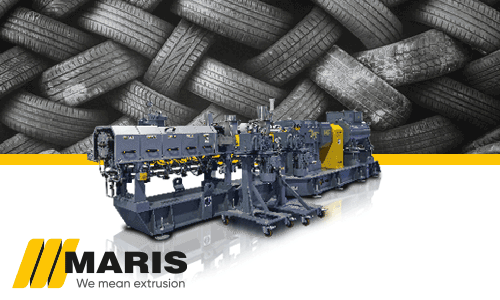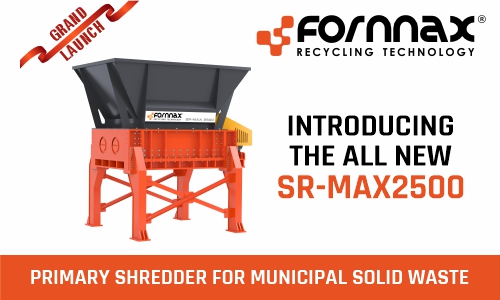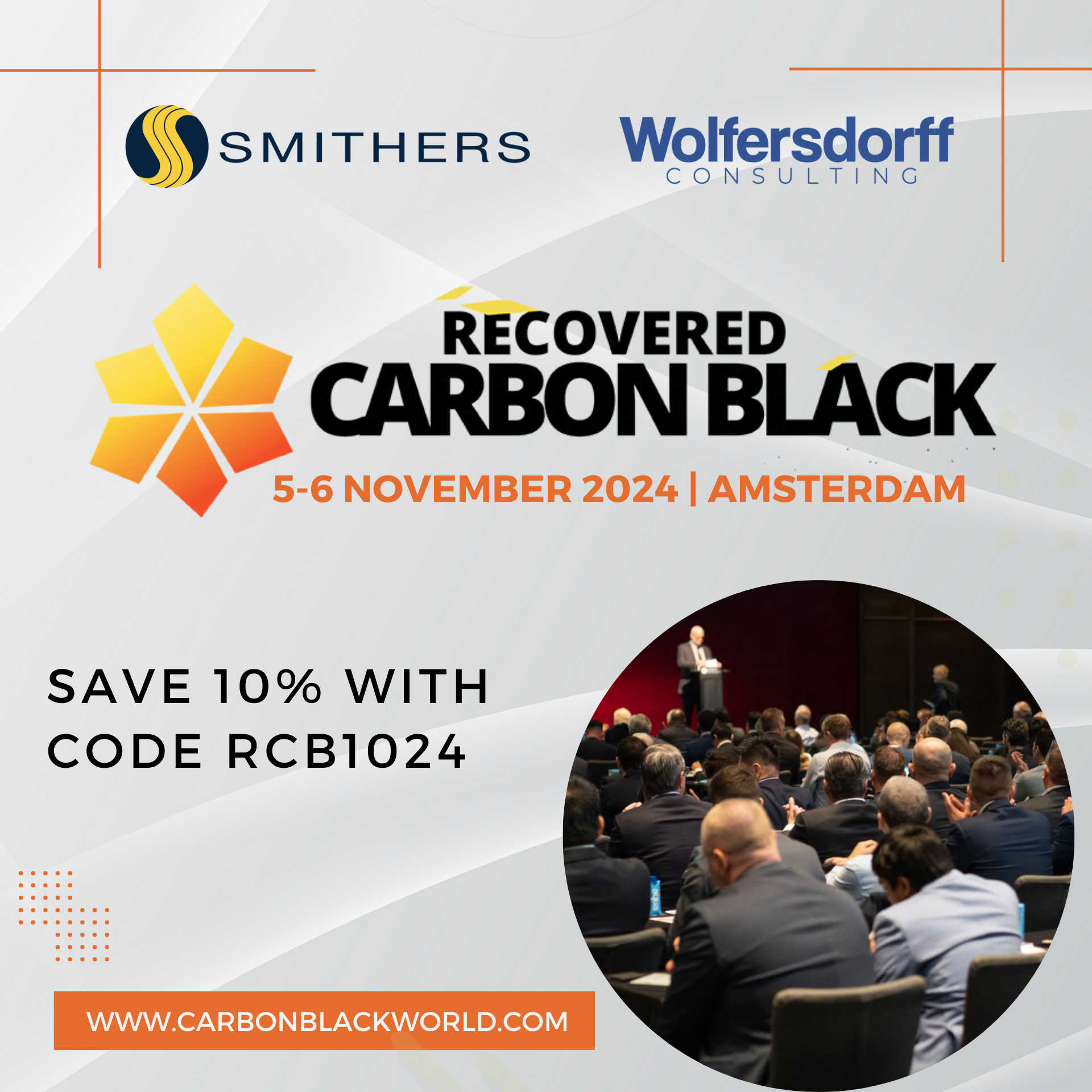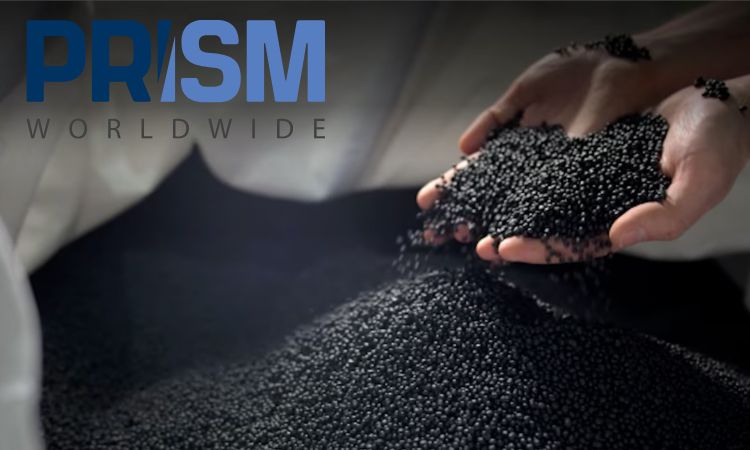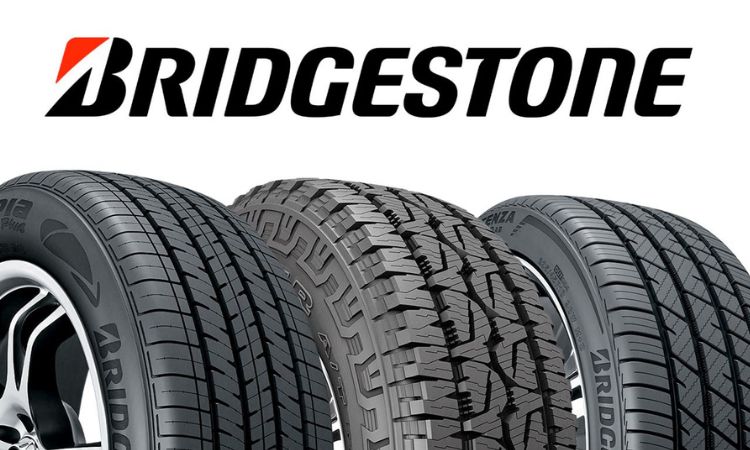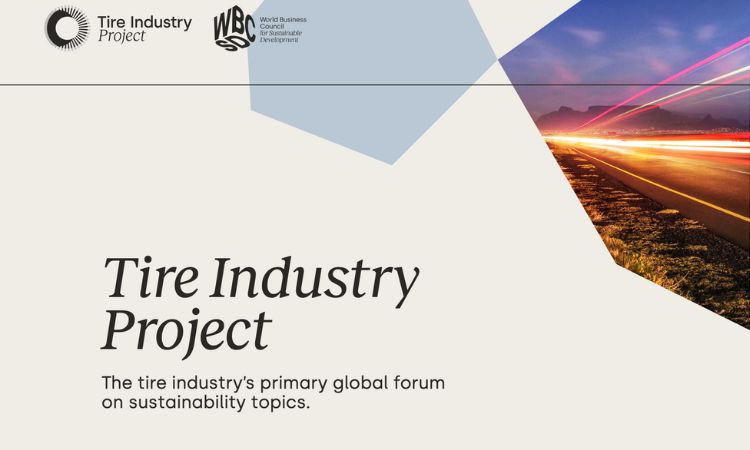Weibold Academy: Safety and health effects of crumb rubber infill in artificial turf
Month by month, our Weibold Academy series dwells deeper into the world of tire recycling, its products and applications.
This month, we shed light on safety and health effects of crumb rubber infill in artificial turf.
Over the last decade, an ongoing discussion on the health issues of crumb rubber infill in synthetic turf has been troubling both tire recyclers and the public. People were seriously concerned about alleged risks of cancer caused by exposure to recycled tires, whereas crumb rubber producers’ revenues went down due to the severe drop in infill demand.
These issues posed enormous threat to the whole tire recycling industry and therefore public and private institution have been involved to conduct series of independent comprehensive researches to find out whether the allegations were correct or wrong. This post is a summary of numerous researches and articles published by European and American research institutions. Dozens of independent researches carried out in Europe and U.S. throughout the past decade inferred that tire-derived rubber infill in the artificial turf poses no threat to human health. Researchers assert unanimously that exposure of athletes’ skin to crumb rubber infill on stadiums and playgrounds yields no elevated risk of cancer. As the issue has been assuming additional importance, it achieved the level of the European Chemical Agency (ECHA) which, together with the European Committee of Standardization, carried out comprehensive researches about crumb rubber exposure on human health.
Below, we list some of convincing tests carried out within the last 10 years which prove crumb rubber’s safety:
- Research of the European Chemical Agency (ECHA), the European Committee of Standardization (department CEN/TC 366), the Portuguese Technical Commission “Recycled Products from Tyres” (CT-181) and the Portuguese Association of Rubber Industry (APIB). Vasco Pampulim, the president of CT-181, commented on the results:
- “As the President of CT-181 working since a long time in a Portuguese tyre recycling company, regarding the determination of the PAHs content in tyre recycled rubber granulates as infill products for synthetic turf, I have many routine chemical analysis on this subject done by TUV Rheinland Group; as illustration, I show in attachment one of these analytical test results, dated 28.07.2006, where it can be seen the criteria and the results of the 16 PAHs analysed. It must be said that this type of Lab tests have been considered in EU during many years as a standard for the health risks approval of rubber infill recycled rubber products… As a final opinion, based in this last ICTPOL study, and considering also many other technical reports on this issue, CT-181 is firmly convinced that the use of crumb rubber as synthetic turf rubber infill doesn’t pose any significant additional health risk to football players or stadium spectators.
- 2016 research by the Dutch National Institute for Public Health and the Environment (RIVM) According to the study’s result published on the 20th of December, substances such as polycyclic aromatic hydrocarbons (PAHs), plasticisers, metals, (phthalates) and bisphenol A (BPA) released from rubber pose no harm as they are in “very low quantities… This is because the substances are more or less ‘enclosed’ in the granulate, which means that the effect of these substances on human health is virtually negligible,” the study added.
- A 2013 study by researchers at the Rutgers Robert Wood Johnson Medical School in New Jersey, USA evaluated opportunities for exposure to trace metals, semi-volatile organic compounds, and polycyclic aromatic hydrocarbons from crumb rubber infill and the artificial turf fiber “grass.” Researchers measured these factors in simulated body fluids representing digestive fluids, lung fluids, and sweat. The researchers found that PAHs were routinely below detection limits, and SVOCs that have environmental regulatory limits were at levels too low to quantify. Some metals were detected, but researchers said the concentrations were low and likely would not cause health problems. “The study demonstrated that for the products and fields we tested, exposure to infill and artificial turf was generally considered de minimus,” it stated.
- In 2009, four Connecticut state agencies (University of Connecticut Health Center, the Connecticut Agricultural Experiment Station, the Department of Public Health, and the Department of Environmental Protection) evaluated the health and environmental impacts associated with crumb rubber turf fields in Connecticut. Researchers looked at four outdoor fields and one indoor field, asking three soccer players at each field to wear personal monitoring devices to collect samples. The study tested about 200 chemicals at each field. Researchers concluded that there were no elevated health risks from playing on the indoor and outdoor fields, but they noted that indoor fields may need ventilation because of higher levels of chemicals at the one indoor field they tested. The Connecticut Academy of Science and Engineering peer-reviewed the findings.
According to the US-based Synthetic Turf Council (STC), more than 50 studies have shown no elevated health risks associated with synthetic turf or its components.
To ensure a complete safety for athletes using synthetic turf fields, U.S. Recycled rubber and synthetic turf industry members announced a cooperation plan to ensure all kinds of playground and synthetic turf infill correspond with new standards introduced by the American Society for Testing and Materials (ASTM). The standards are designed to measure the content of heavy metals to further guarantee safety for youth athletes.
ASTM International is responsible for establishing standards across the industry for a range of materials, also including all toys in USA. After the announcement, all synthetic turf field and playground infill produced and exploited by members of the Recycled Rubber Council, Safe Fields Alliance and Synthetic Turf Council oblige to comply with the new standard “F3188-16”, the Standard Specification for Extractable Hazardous Metals in Synthetic Turf Infill Materials.
Inference by the abovementioned and by many more influential research institutions should convince governments and public that crumb rubber infill in synthetic turf fields is safe for health and poses threat neither to athletes who are frequently exposed to artificial turf fields, nor to children spending time at synthetic grass playgrounds.
Please contact us to request more information on this topic. We will be happy to help you to build a flourishing tire recycling business!
Weibold is an international consulting company specializing exclusively in end-of-life tire recycling and pyrolysis. Since 1999, we have helped companies grow and build profitable businesses.





